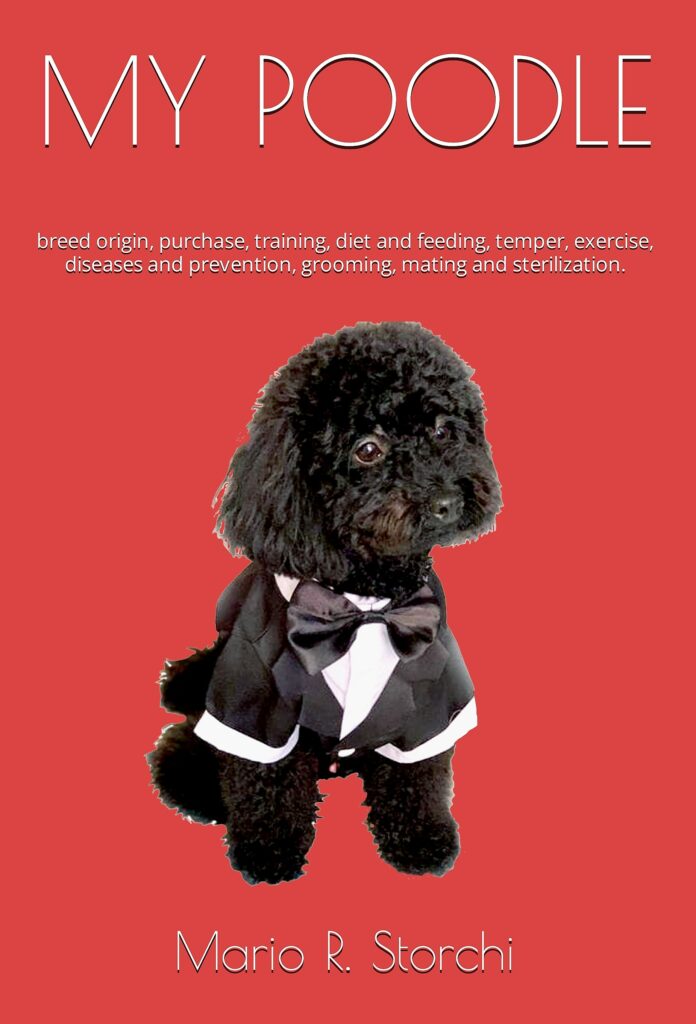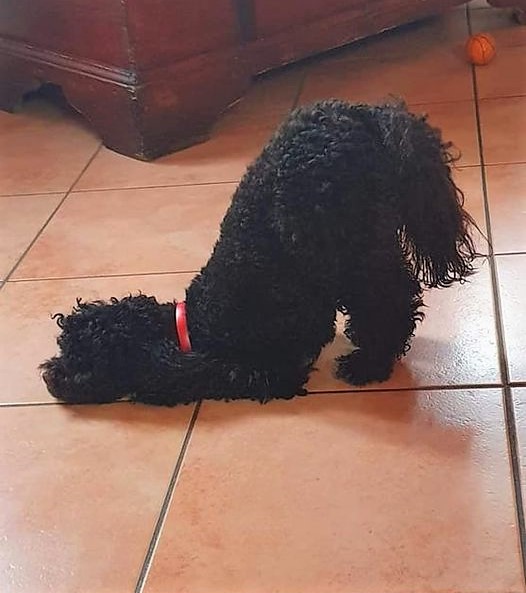Last Updated on 24/10/23 by wp_15467959
The head held high is, generally, a sign of trust; If, on the other hand, the head is held slightly low, the dog wants to tell you that he does not represent a threat to you.
Ears pointed forward generally indicate that the dog is interested in something he is trying to understand better, which is why he tilts his head left and right at the same time. Ears pointed back, on the other hand, are not a good sign because they may indicate both fear and aggression, depending on the position of other body parts, without considering that an aggression may be determined by fear. Finally, ears kept stretched out may indicate a certain fear of the dog for the situation he is experiencing in that moment.
The tail up indicates an attitude of trust and a dominant position; If the tail point down, it indicates calm, submission; If the tail is placed between the legs, the dog is afraid or anxious. A dog wagging his tail indicates excitement, which however – as we explained just before – may have various causes ranging from joy, nervousness, fear and even anger. If, in addition to wagging his tail, he jumps, turns around, runs away and then comes back to you, there’s no doubt: He’s happy and wants to play with you. On the contrary, if the tail is moved slowly from one side to the other, the dog indicates his uncertainty to fully understand the situation he is experiencing at that moment, sometimes this attitude is combined with lengthening the neck and begin to sniff around. This happen because the dog is trying to obtain further elements from his extraordinary sense of smell that allow him to better understand what is happening.
Even teeth are used by the dog to communicate: If he shows his front teeth, he is calm and indicating his submission to the owner; In a certain sense that’s his smile… even if for us it looks more like a grin. When, on the other hand, he also discovers his back teeth, it is a sign of aggression, made even more understandable by the possible emission of a growl and by the arching of the back, which allows him to be ready to spring forward.
Yawning is a sign that the dog is trying to relax because he is experiencing a stressful situation, not because he is bored or tired, as we might believe. In these tense situations, another sign of body language is mouth-watering.
Rolling onto the back exposing the belly and tail, with the ears tilted back, the head on one side and the eyes half closed is an attitude of complete submission by the dog, which wants to indicate its complete trust in the person who is in that moment next to him, so much so that he shows him the most vulnerable parts of his body.
Obviously, other expressions of the dog do not require particular decoding skills: Each of us is able to understand the different attitude of a dog that barks compared to one that growls or another that whines. A poodle that jumps around us when it sees us coming home, expresses a universally understandable and enthralling joy.

Did you like this article?
It’s from “My Poodle”, a manual that you can purchase on Amazon.

